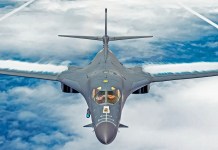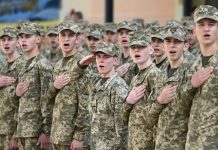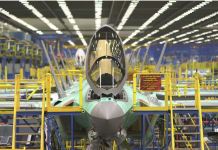Russia will officially annex four regions of Ukraine after holding “referendums” where Moscow claimed that the inhabitants overwhelmingly voted to merge with the “motherland.”
President Vladimir Putin will attend a ceremony Friday in the Kremlin when four regions of Ukraine — Luhansk, Donetsk, Kherson and Zaporizhzhia — will officially merge into Russia, spokesman Dmitry Peskov told reporters.
He added – the administrators of those regions will sign treaties to join Russia during the ceremony at the Kremlin’s St. George’s Hall.
Initially announced to have “no timeline,” Russia’s ‘special military operations’ in Ukraine have ‘achieved’ many of its goals, despite some significant military setbacks.
Russia perceived the US-led West as wanting to keep the war going by continuing to arm Ukraine, despite Moscow and Kyiv engaging in dialogue in four rounds in the first two months of the conflict. Russia’s ‘Long War’ will now not be fought indefinitely – which anyway was never described as such.
This is also reflected in the scale of military resources Moscow pressed into service – 150,000 troops for a sizeable western front that military analysts say should have required 500,000 personnel. Moreover, only the Western Military District (WMD) was involved, with no reported transfer from other military commands.
The SMO (special military operation) was initially launched, Russia maintained, intending to protect the breakaway LDPR, with whom President Volodymyr Zelenskyy’s government failed to negotiate under the Minsk Agreements.
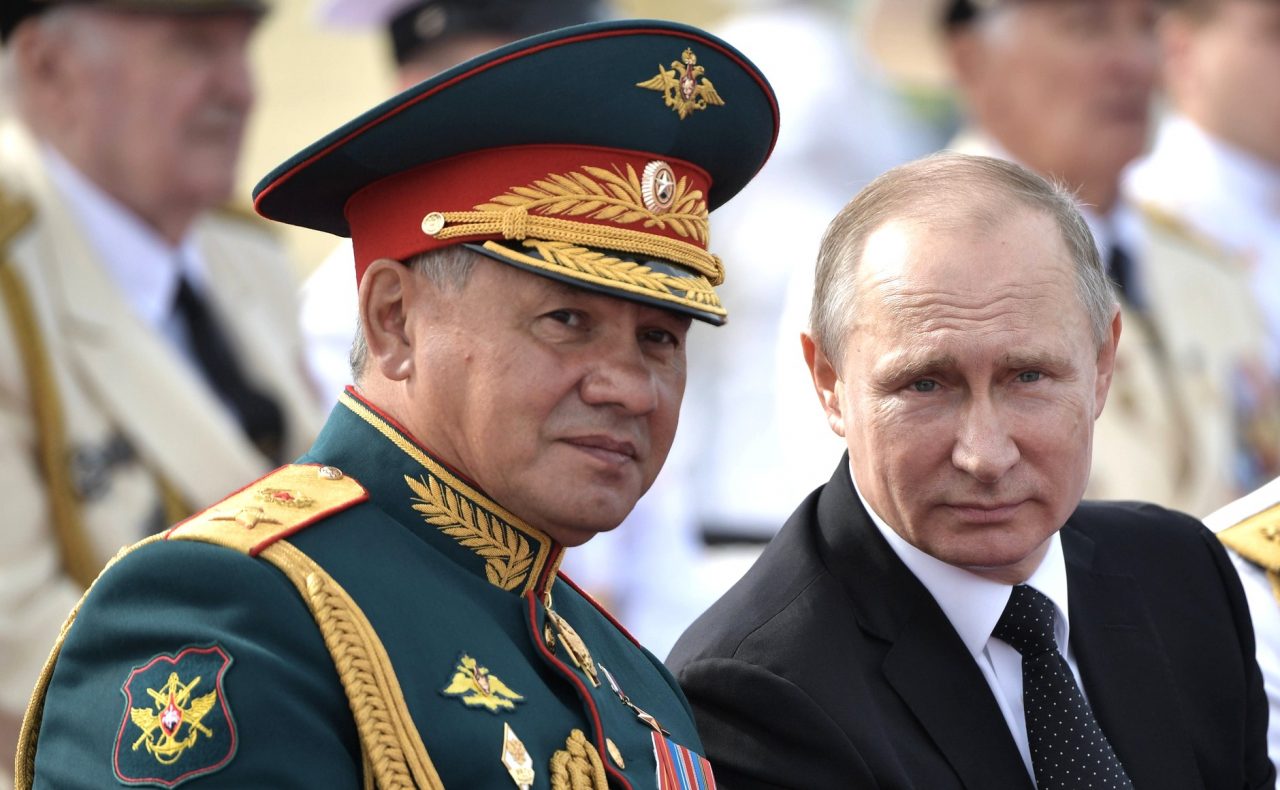
Sergey Shoigu
Russia vs US
The “de-Nazification” and “demilitarization” of Ukraine were necessary to achieve this goal, which Russia pointed out was responsible for hostilities since 2014. Former President Viktor Yanukovych was overthrown in an uprising (which Russia describes as a coup against a democratically elected government).
Russia had also asked for security guarantees with formal documents submitted to the United States in December last year that asked to roll back the North Atlantic Treaty Organization (NATO) to the 1997 borders and dismantle NATO military bases and nuclear forces close to Russia.
Russia thus entered a ‘Long War,’ undertaking a slow, grinding, attritional campaign that took losses yet incrementally achieved its military goals. Nearly all of Donbas and the South – with Crimea having already acceded to Russia in 2014 – are now in Russian control.
By September 21, according to Russian defense minister Sergei Shoigu, Russia had lost 5937 personnel while claiming Ukraine’s losses at 61,207 dead and 49,368 wounded.
The US picked up on this Russian strategy, reflected in Secretary of Defense Llyod J Austin’s statement on April 26 that the West is gearing up to help Ukraine for the “long haul.”
The total US military aid to Ukraine since Russia’s military intervention on February 24 stands at $9.8 billion and nearly $15 billion since the Biden administration took over.
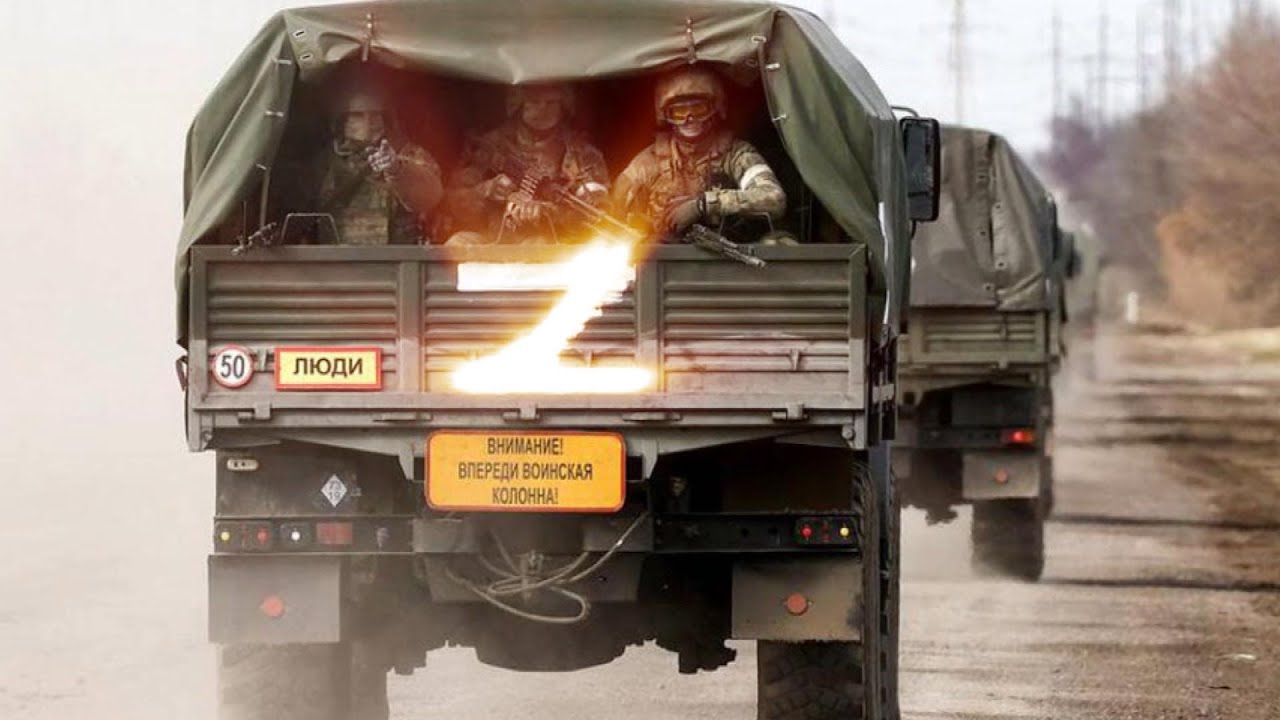
Referendum & Partial Mobilisation
Luhansk, Donetsk, Kherson, and Zaporizhzhia will now formally become territories of the Russian Federation. Thus, any further Ukrainian attacks, especially those backed by US and European weapons, will be considered an attack on Russian territory.
This complicates the military calculus for NATO, Europe, Ukraine, and the US, the last of which has repeatedly explicitly ruled out fighting Russia directly. The announcement seems to have taken the camp by surprise.
They expected Russia to continue fighting, with their strategy appearing to wear down the Russian population, who would demand an end to the war and the global opinion – outside the G7 and some central European and Baltic nations – to turn against Russia.
The West risks going on a warpath with Russia directly, putting Ukraine and the US in a stalemate. Whether Russia still anticipates Ukraine and US-backed hostilities is unclear, but expanding the country’s borders will require additional military manpower.
But deploying more troops in what is still technically foreign territory, even though it is pro-Russian, as Moscow maintains, would be considered escalatory.
It would have to begin with changing the classification of its military intervention from a ‘Special Military Operation (SMO),’ which indicates a conflict, to something that means a full-scale war.
Thus, if the regions are formally assimilated into Russia following the referendums, the deployment of the additional 300,000 conscripts and reservists there qualifies as a regular deployment within Russian territory. Put differently, it is a mobilization in disguise.
The ‘partial mobilization’ to send the additional 300,000 to Donbas, Zaporizhzhia, and Kherson meanwhile seems to be planned in a non-alarming way if one goes by the conditions of the compulsory draft and the timeline designed.
According to Russia TV (RT), only reservists who meet three specific criteria have been identified for mobilization – those who have served in the military, possess a military specialization/trade needed now (remains classified), and; have combat experience.
Russian military officials have specified that the mobilization will only involve military reservists, which Kremlin spokesperson Dmitry Peskov clarified will be done “over a period of time.” This was followed up by the State Duma on Tuesday introducing the concepts of ‘martial law,’ ‘wartime,’ and ‘mobilization’ into the Criminal Code, stipulating disciplinary actions on military personnel under the three conditions. This lends a legitimate domestic democratic process to the military decision-making by the political leadership.
Therefore, depending on how Ukraine and the West respond to the referendum results, SMO could very soon be upgraded to a full war.
Expert Speak
Russian military affairs expert Andrei Martyanov said Russia will now have “enough forces to secure pretty much what (remains of the breakaway regions).” These include the administrative borders of the LDPR and Zaporizhzhia, the Kherson region, and probably “some thrust towards Mykolaiv and Odesa and smash everything that might be thrown at them by the Armed Forces of Ukraine (AFU).”
Former US Marine Corps officer Scott Ritter said that Russia does not intend to fight the North Atlantic Treaty Organization (NATO) in Europe – since it is only a full-scale US-led NATO military intervention that can defeat Russia.
This would, however, mean a world war, which neither the US nor Europe can afford given the colossal impending economic turmoil they are facing.
Inflation in the United Kingdom has reached a 40-year high of 10%, and households are facing an 80% surge in energy bills. Germany’s Bundesbank has warned of a recession amidst a 10% inflation and a 10% rise in energy bills.
This has forced toilet paper, shoes, and auto parts manufacturers to file for insolvency. Energy-intensive sectors like steel, paper, and chemicals either reduced or suspended production. Germany, Moldova, Czechia, and Belgium also witnessed mass protests demanding ending sanctions on Russia to alleviate the crisis.
While Western voices blame Russia for a “chokehold” on gas supplies to bend Europe to its demands, Moscow blames gas and energy trade sanctions because Gazprom – the Russian state-run gas major – could not continue with supplies.
The US, on the other hand, besides its recessionary risks, seems unlikely to see President Joe Biden’s $12 billion additional security assistance to Ukraine passed in Congress. Republican Senators who control 50% of the House are likely to block it.
These Republicans are obligated to former President Donald Trump’s camp, which still holds massive sway in the Grand Old Party (GOP).
“(For Russia), this war will be limited to Ukraine unless NATO opts otherwise. But Russia will not initiate military action against NATO targets. It makes things more difficult for the Russians. But Russia wants de-Nazification, demilitarization of Ukraine, and then leveraging this military victory into a diplomatic victory, which is the new European security framework.
You can’t discuss security with Europe if you’re at war with Europe. It would also be a Europe and NATO that withdraws NATO-only infrastructure back to the 1997 borders,” Ritter said.
- By Parth Satam
- The author can be reached at satamp@gmail.com
- Follow EurAsian Times on Google News

